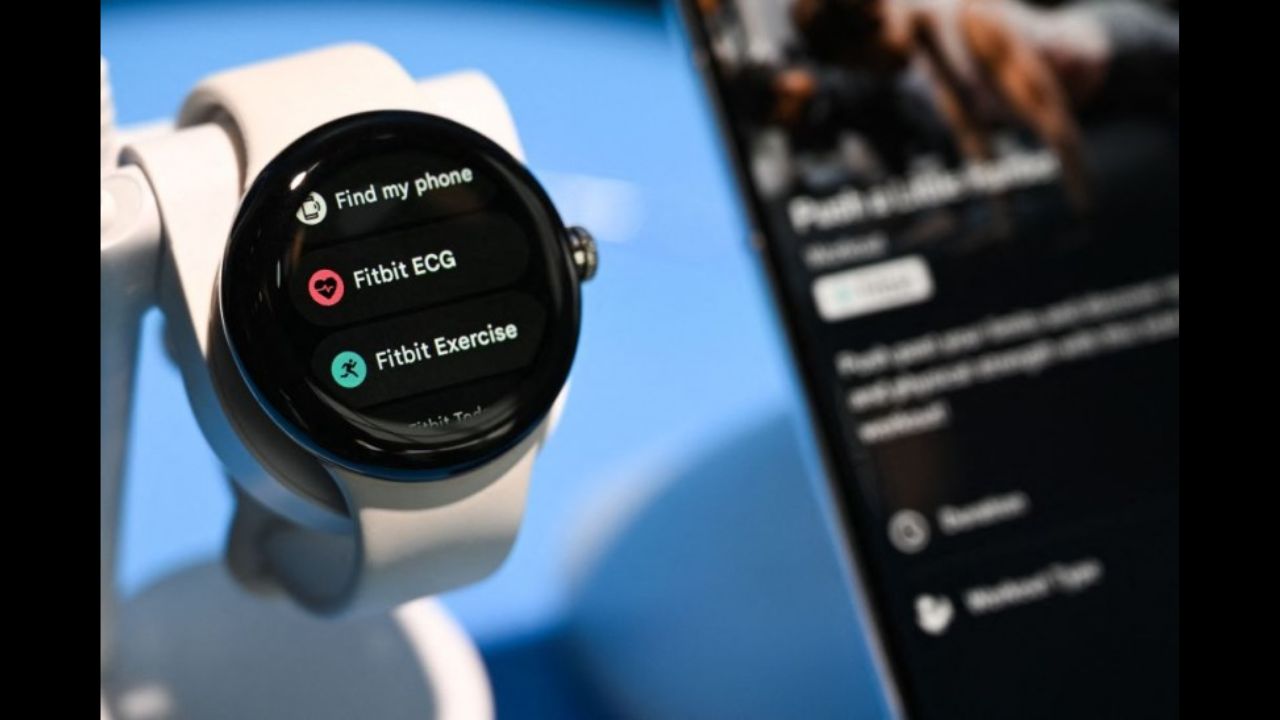Fitbit Chatbot: Google’s AI Health Expansion Takes Leap with New Integration
By analyzing and interpreting health data collected by their wearable devices, Fitbit Labs will assist users in drawing correlations and understanding their well-being.

Fitbit Chatbot: Google is making strides in the healthcare sector, unveiling plans to integrate artificial intelligence (AI) into its Fitbit app by introducing a personal health chatbot, among other innovations discussed at its annual event, The Check Up.
During Google’s event, a feature previously hinted at by Fitbit users was revealed as one of the most notable announcements.
Fitbit AI chatbot by Google
By analyzing and interpreting health data collected by their wearable devices, Fitbit Labs will assist users in drawing correlations and understanding their well-being. With the help of a chatbot embedded in the mobile app, users will be able to better understand their health data through personalized charts.
In order to meet the needs of individuals and preferences, Fitbit is enhancing its platform with AI-driven features, according to Dr. Karen DeSalvo, Chief Health Officer at Google. Premium subscribers will be able to explore and provide feedback on new features through Fitbit Labs’ experimental AI capabilities. Fitbit Labs’ goal is to empower users with comprehensive insights based on their health data by leveraging Google’s AI expertise.
Google announced a slew of initiatives to deploy its artificial intelligence models in the health care industry, including a tool that will help Fitbit users glean insights from their wearable devices. https://t.co/KxM069oJpN
— Bloomberg (@business) March 19, 2024
In addition, Google and Fitbit are developing a new health and wellness model in collaboration with health experts, doctors, and certified coaches. Powered by AI, this Personal Health Large Language Model will provide the foundation for future features across their portfolio, improving user experience and boosting well-being.
Google also highlighted efforts to improve access to health information through visual search capabilities at The Check Up event. With Google Lens, users can search for information based on photos taken with their smartphones. By providing visually similar matches from the web, this AI-powered feature helps users identify skin conditions and abnormalities in over 150 countries.
Also, Google is incorporating images and diagrams from reputable sources into search results to enhance the presentation of health information. As part of its effort to improve health-related information accessibility and comprehension, Google is using visuals, text, and video content.
Check Out: YouTube Urges Content Creators to Disclose AI Usage in Videos
Aloud dubbing with YouTube’s AI-powered tool
With innovative tools, YouTube, a Google subsidiary, is expanding access to authoritative health content and bridging language barriers. Aloud, a dubbing tool powered by artificial intelligence, allows creators to reach a wider audience by translating and dubbing health-related videos. Using Aloud, institutions like Mass General Brigham have been able to translate first-aid videos into Spanish, making potentially lifesaving information more accessible.
“At Google, we believe AI has the potential to transform health for everyone, everywhere, not just some people in some places. These are just a few ways we are using AI to improve health by bringing high-quality information to people around the world through the products and tools they use everyday,” DeSalvo said in a blog post.
Also, YouTube is releasing a new animation-style course on its Stanford Medicine Continuing Medical Education channel aimed at educating healthcare professionals about implicit bias. AI-powered dubbing will make the course available in Spanish, making it easier for Spanish-speaking communities to gain access to vital healthcare knowledge.
Check Out: James Blunt Left ‘Humiliated’ by AI’s Take on His Lyrics
